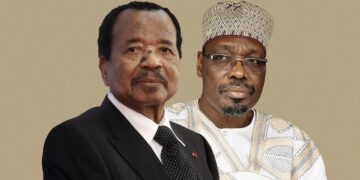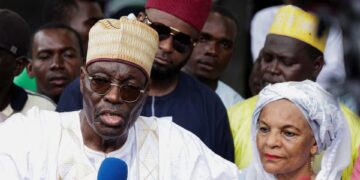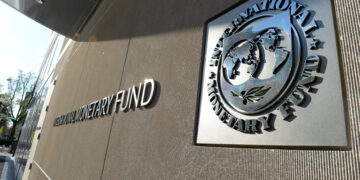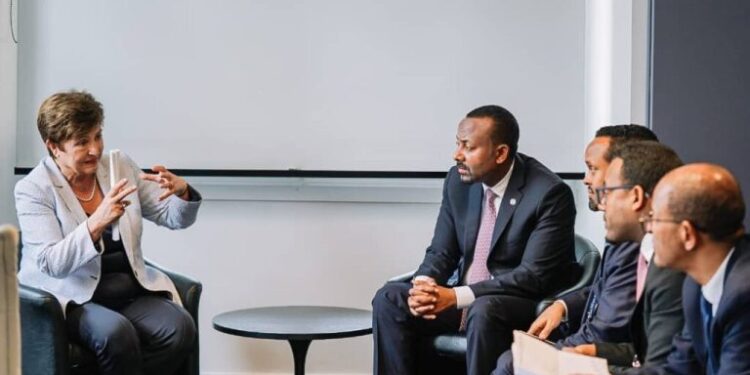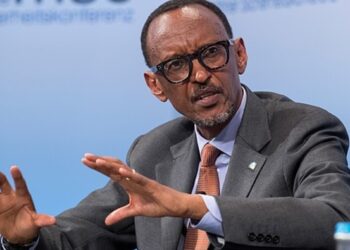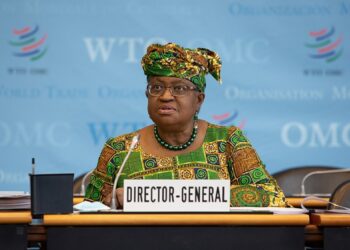By Enyichukwu Enemanna
The International Monetary Fund (IMF) has warned that Ethiopia’s reform agenda under its $3.4bn (R60.97bn) loan deal is facing challenges over dwindling donor support, despite the country’s efforts in hitting key programme targets.
The IMF, in an extensive report on Tuesday, commended the African country for implementing economic adjustments, including subsidy cuts, monetary tightening and tax reforms.
The US-based lender, however, raised concern that rising risks, such as a resurgent parallel foreign exchange market and fragile security conditions, could hinder progress and complicate debt restructuring efforts.
Ethiopia, already in debt repayment default, is seeking comparable debt relief from bondholders after agreeing terms in principle with official creditors earlier this year.
“The outlook remains subject to downside risks given security challenges and declining donor support,” IMF Deputy Managing Director Nigel Clarke stated.
Foreign aid to Ethiopia has dropped from 12% of GDP a decade ago to under 4%, with further cuts anticipated as agencies like USAID scale back.
The IMF noted that one in five Ethiopians required food or humanitarian assistance this year, with the UN response plan underfunded and many programmes relying on temporary waivers.
Ethiopia has made progress in foreign exchange market liberalisation, but structural issues persist, including: a 2.5% central bank commission on FX sales; limited interbank liquidity; and high transaction costs.
According to the IMF, these factors have pushed the parallel market premium to 15%.
Inflation has dropped faster than expected, which was supported by tighter monetary policy and credit caps.
Despite this, the IMF urged Ethiopia to accelerate its transition to a modern policy-rate-based framework and improve communication to bolster credibility.
The Fund also raised concerns over delays in privatising key government assets, and weaker-than-expected foreign direct investment, which could complicate efforts to rebuild reserves and close the balance of payments gap.








